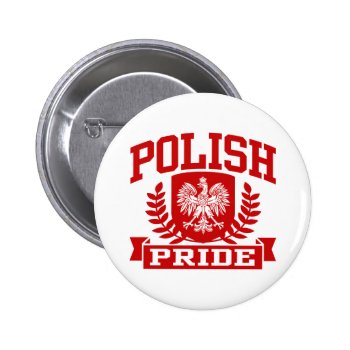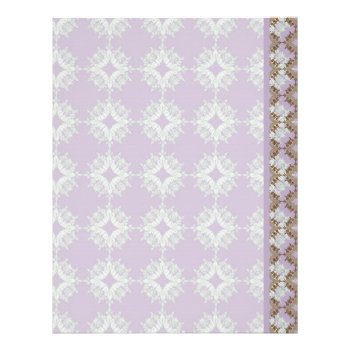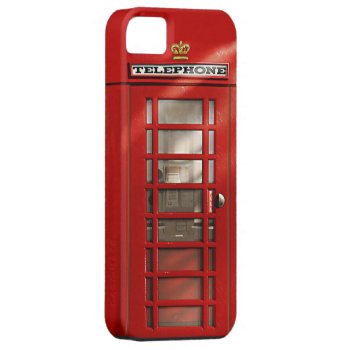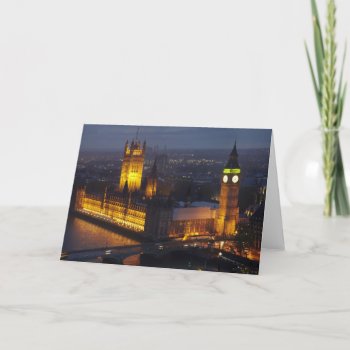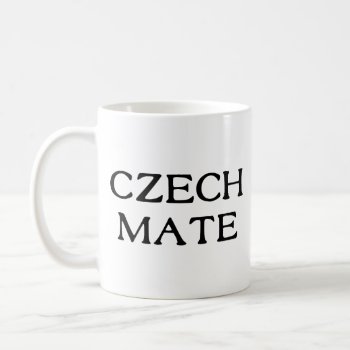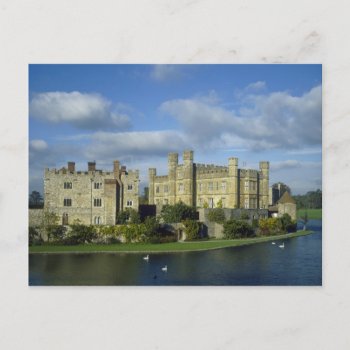Polish Pride with coat of arms
Continue reading
Tag Archives: heritage
Fleur di Lys Damask – Stationery Letterhead
This elegant and sophisticated stationery will make your correspondence stand out in a crowd. Also useful for scrapbook papers and Recipe Cookbook Binder Pages. Other color combinations are possible, just message me. Designed to coordinate with all the Fleur di Lys Damask Stationery collection and with the binder. Use these as pages in a scrapbook or Wedding Planning Book.
Continue reading
Scotland Tee Shirts
Classic British Red Telephone Box iPhone 5 Case
My original red phonebox design has had a facelift!Since the camera cut-outs on both the Speck cases (now updated to a one-piece case) and CaseMate cases have a revised design to make them more universal, I thought it was high time I gave my original design a new coat of paint and an update to accomodate the new styles.This classic icon of the British landscape has been well received by my customers receiving 5 star reviews in the past, so I really hope the new design proves to be as popular. In addition to the brighter red tone, as the year of it's launch is the Queen's diamond jubilee, this edition also has the crown painted in gold just as they are in the City of London. Help keep the British heritage alive alongside modern technology and smarten up your iPhone!This same design is also available on a new “British flag edition” and “personalized” classic, girly pink, lilac, baby blue and mint green version CaseMate cases for the iPhone 5, click the images below to see the product pages for these versions…
Continue reading
Houses of Parliament, Big Ben, Westminster Cards
Houses of Parliament, Big Ben, Westminster Bridge, and River Thames seen from London Eye, London, England, United Kingdom � David Wall / DanitaDelimont.com
Continue reading
Graham Tartan Shield Mouse Mat
Clan Graham Tartan Shield has a shield with the Graham family tartan inside surrounded by black scrolling vines and a banner with the family name. Show off your pride in your Scottish heritage with this cool tartan t-shirt or gift!Click the image to view all of the products available for that design. Graham Tartan ShieldGraham Tartan SkullGraham Tartan Skull – No Banner
Continue reading
Emblem of the Papacy Official Pope Symbol Coat Tie
The pope (from Latin: “papa” or “father” from Greek πάππας, pappas) is the Bishop of Rome and as such, is leader of the worldwide Catholic Church (that is, both the Latin Rite and the Eastern Catholic Churches in full communion with the Roman Pontiff). The current office-holder is Pope Benedict XVI, who was elected in papal conclave on 19 April 2005. The office of the pope is called the Papacy, and his ecclesiastical jurisdiction the “Holy See” (Sancta Sedes in Latin) or “Apostolic See” (the latter on the basis that both St. Peter and St. Paul were martyred at Rome). The pope is also head of state of Vatican City, a sovereign city-state entirely enclaved by Rome. 1000's more Coat of Arms available – CLICK HERE Visit our main site at http://www.jnniepce.com/ A coat of arms, more properly called an armorial achievement, armorial bearings, or often just arms for short, in European tradition, is a design belonging to a particular person (or group of people) and used by them in a wide variety of ways. Historically, they were used by knights to identify them apart from enemy soldiers. In Continental Europe, commoners were able to adopt burgher arms. Unlike seals and emblems, coats of arms have a formal description that is expressed as a blazon. In the 21st century, coats of arms are still in use by a variety of institutions and individuals (for example several universities have guidelines on how their coats of arms may be used and protect their use). The art of designing, displaying, describing and recording arms is called heraldry. The use of coats of arms by countries, states, provinces, towns and villages is called civic heraldry. In the heraldic traditions of England and Scotland an individual, rather than a family, had a coat of arms. In those traditions coats of arms are legal property transmitted from father to son; wives and daughters could also bear arms modified to indicate their relation to the current holder of the arms. Undifferenced arms are used only by one person at any given time. Other descendants of the original bearer could bear the ancestral arms only with some difference: usually a color change or the addition of a distinguishing charge. One such charge is the label, which in British usage (outside the Royal Family) is now always the mark of an heir apparent. Because of their importance in identification, particularly in seals on legal documents, the use of arms was strictly regulated; few countries continue in this today. This has been carried out by heralds and the study of coats of arms is therefore called “heraldry”. Some other traditions (e.g., Polish heraldry) are less restrictive — allowing, for example, all members of a dynastic house or family to use the same arms, although one or more elements may be reserved to the head of the house. In time, the use of arms spread from military entities to educational institutes, and other establishments. According to a design institute article, “The modern logo and corporate livery have evolved from the battle standard and military uniform of medieval times”. In his book, The Visual Culture of Violence in the Late Middle Ages, Valentin Groebner argues that the images composed on coats of arms are in many cases designed to convey a feeling of power and strength, often in military terms. The author Helen Stuart argues that some coats of arms were a form of corporate logo. Museums on medieval armory also point out that as emblems they may be viewed as precursors to the corporate logos of modern society, used for group identity formation. Note that not all personal or corporate insignia are heraldic, though they may share many features. For example, flags are used to identify ships (where they are called ensigns), embassies and such, and they use the same colors and designs found in heraldry, but they are not usually considered to be heraldic. A country may have both a national flag and a national coat of arms, and the two may not look alike at all. For example, the flag of Scotland (St Andrew's Cross) has a white saltire on a blue field, but the royal arms of Scotland has a red lion within a double tressure on a gold (or) field. The Great Seal of the United States is often said to be the coat of arms of the United States. The blazon (“Paleways of 13 pieces, argent and gules; a chief, azure”) is intentionally to preserve the symbolic number 13. Most American states generally have seals, which fill the role of a coat of arms. However, the state of Vermont (founded as the independent Vermont Republic) follows the American convention of assigning use of a seal for authenticating official state documents and also has its own separate coat of arms. Many American social fraternities and sororities, especially college organizations, use coats of arms in their symbolism. These arms vary widely in their level of adherence to European heraldic tradition. Organizations formed outside the United States with U.S. membership also may have a coat of arms. Roman Catholic dioceses and cathedrals have a coat of arms. Description Source Wikipedia
Continue reading
Czech Mate Coffee Mugs
England, Kent, Leeds Castle Postcards
England, Kent, Leeds Castle � Paul Thompson / DanitaDelimont.com
Continue reading
Number One Danish Mom Bag
Cool crest design with national flag of Denmark colors and slogan: #1 Danish Mom. Great gift for a Danish mother.

